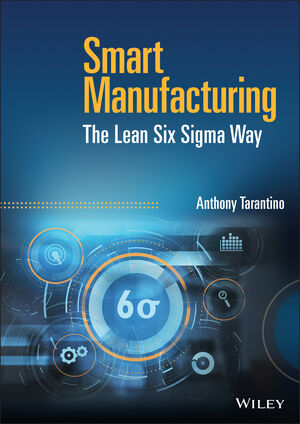College Students Make Electric Grid 'Smart'

The University of Central Florida (UCF) is playing a leading role in modernizing America’s aging power grid. It’s home to the Siemens Digital Grid Lab, which features cutting-edge technology similar to what many private and public utilities use to manage the nation’s power system.
“The goal of the facility is to educate students so that they can play a role in the ‘smart grid,’ a new nationwide network that will use information technology to deliver electricity efficiently, reliably and securely,” says Wei Sun, an electrical engineering and computer science professor who serves as director of the one-year-old UCF facility.
The $876 billion grid system transmits electricity from thousands of power plants to 150 million customers in the United States through more than 5 million miles of power lines and more than 3,000 utility companies.
However, the more than 50-year-old system is struggling to keep up with the challenges of electric power transmission and distribution in the 21st century. Despite energy conservation efforts, electricity demand has risen by 10 percent during the past decade. At the same, the number of power grid outages has increased dramatically.
When it’s fully implemented in 2040, the smart grid will consist of an integrated network of computer-based control and automation systems. Key components include data analytics software, power electronics, sensors and smart meters.
According to Sun, the smart grid will enable bidirectional flows of energy and use two-way communication and control capabilities that will lead to an array of new functionalities and applications.
Unlike today’s grid, which primarily delivers electricity in a one-way flow from generator to outlet, the smart grid will permit the two-way flow of both electricity and information.
Many smart grid components are self-healing, which enables automated fixes in the event of a power outage or problem. These state-of-the-art systems sense failures on the grid and can quickly identify, isolate and restore power.
“[Our] lab will help produce the next generation of engineers to modernize America’s energy grid,” says Sun. “[It provides] students with hands-on training on real-world software and hardware. [Students] design and manage self-healing power distribution grids [that can] quickly recover from natural disasters, cyberattacks and other outages.”
Six faculty members and more than 20 grad students currently use the 660-square-foot smart grid lab. It features state-of-the-art hardware and software donated by Siemens. The company is a major employer in Orlando, which is home to the UCF campus.
Sun and his colleagues have been involved in several ongoing research projects involving power system restoration, photovoltaic power distribution and cyber security.
“The lab equips students with the latest skills needed to land jobs in the evolving energy field, an industry currently facing a skills gap,” adds Sun. “The industry needs engineers who can work in control centers or design electrical systems.”
A recent U.S. Department of Energy jobs report found that the nation does not have enough workers to fill 2 million new energy jobs by 2030, and 75 percent of companies have challenges in hiring qualified candidates.
“[The facility features] the industry’s latest microgrid hardware and software [to enable students] to manage and operate dynamic generation assets, such as solar, wind power, storage and electric vehicles,” explains Sun.
The smart grid lab features software platforms that map out grid-transmission needs and simulate models of the UCF campus power system. That enables students to design and test self-healing distribution grids. The lab also gives students hands-on experience managing renewable energy sources, such a 150-kilowatt on-campus solar farm that’s owned by Duke Energy Corp.
Looking for a reprint of this article?
From high-res PDFs to custom plaques, order your copy today!







